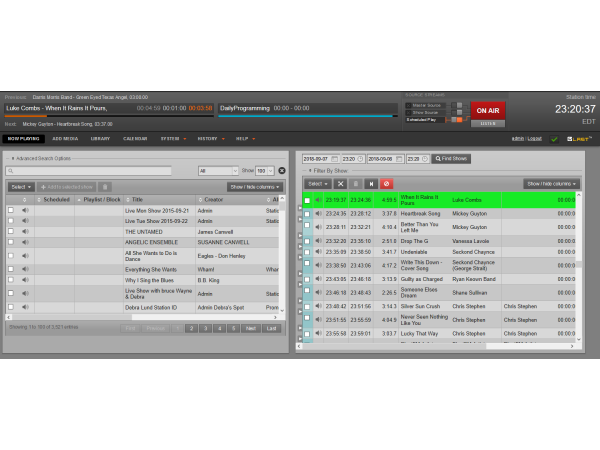Worst Album Ever
Every music genre has ups and downs. Heavy metal, which grew strong in the 1970s, gave us some of the greatest albums of all time. But not every record was loved. Some albums left fans shocked, confused, or even angry. Among them, one record is often called the “worst early metal album ever” — Never Say Die! by Black Sabbath. In this article, we’ll look at how it was recorded, why it failed, and what it means for metal history.
The Rise of Early Metal
In the early 1970s, bands like Black Sabbath, Judas Priest, and Motörhead shaped the sound of heavy metal. Their music was dark, loud, and full of energy. Fans loved it because it felt new and powerful. Albums like Paranoid (Black Sabbath, 1970) and Sad Wings of Destiny (Judas Priest, 1976) showed how strong the genre could be.
But when a genre grows fast, not every experiment works. Some bands took risks that didn’t connect with fans. This is where Black Sabbath’s Never Say Die! comes in.
The Recording of Never Say Die!
By 1978, Black Sabbath had already released several hit albums. They were seen as one of the fathers of metal. But behind the scenes, the band was struggling. Drug use, personal problems, and creative disagreements made recording very hard.
The album was recorded at Sound Interchange Studios in Toronto. According to interviews, the process was messy. Ozzy Osbourne, the band’s famous singer, was often absent or distracted. The band fought over songs and direction. Instead of the dark, heavy sound fans expected, the record felt lighter and less focused.
The production also suffered. The mix wasn’t sharp, the energy was missing, and even the band admitted later that they weren’t working well together.
First Reactions from Fans and Critics
When Never Say Die! was released in 1978, fans were excited — but most were let down. Many expected the raw power of earlier records like Master of Reality or Sabbath Bloody Sabbath. Instead, they got songs that felt confused, with jazz-like parts and lighter rock influences.
Critics were harsh too. Some magazines at the time called it “uninspired” and “the sound of a band falling apart.” Sales were weaker than their past albums, and concerts promoting the record showed that fans were losing interest.
Why It’s Called the “Worst”
- Loss of Identity – Black Sabbath built their name on heavy riffs and dark themes. This album strayed too far, leaving fans unsure what the band wanted to be.
- Band Problems – Tensions were high, and Ozzy would soon leave the band. That lack of unity can be heard in the music.
- Unbalanced Songs – Some tracks were slow, others oddly jazzy, and many lacked the classic metal punch.
Comparing Other “Bad” Metal Albums
Black Sabbath was not the only band to release a disappointing album. Around the same time, Judas Priest’s Turbo (1986) upset fans because of its pop-style synths. Motörhead’s March ör Die (1992) also received weak reviews.
But the reason Never Say Die! stands out is because it came from one of the most important bands in early metal, at a time when expectations were high. Fans saw it not just as a weak record, but as a symbol of a great band losing its way.
Legacy Over Time
At first, Never Say Die! was nearly forgotten. But over the years, some fans have revisited it. A few listeners argue it’s not as bad as people say, and that it shows a band experimenting. Others enjoy it simply because it’s different.
Still, most fans agree it was the weakest point of early Black Sabbath. Ironically, the failure of this album also opened the door for change. Soon after, Ozzy left the band, and Black Sabbath brought in Ronnie James Dio. With Dio, the band returned strong with Heaven and Hell (1980), proving that even a low point can lead to a fresh start.
Final Thoughts
Never Say Die! remains a warning for artists: even the greatest bands can stumble. For early metal, this album represents both failure and transition. It may be the “worst album” of its time, but it also pushed the band to rebuild and gave metal fans one of the biggest comebacks in history.












